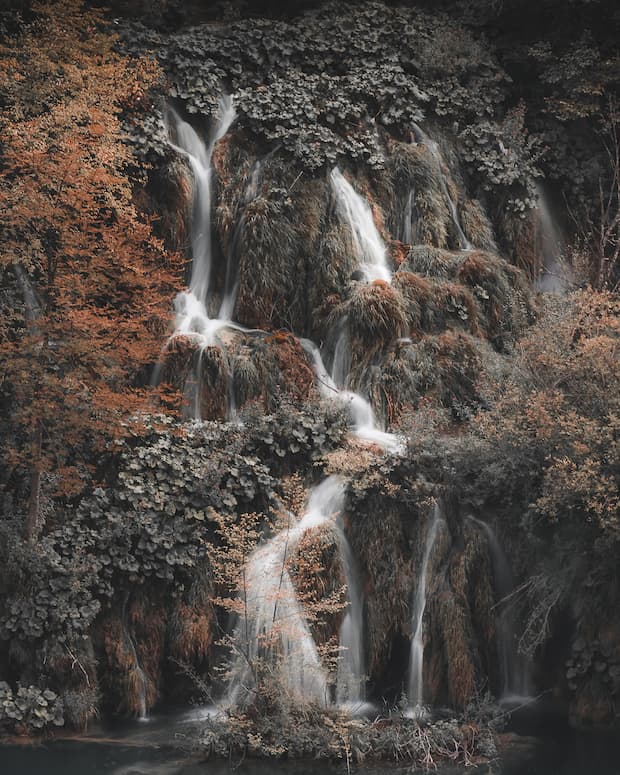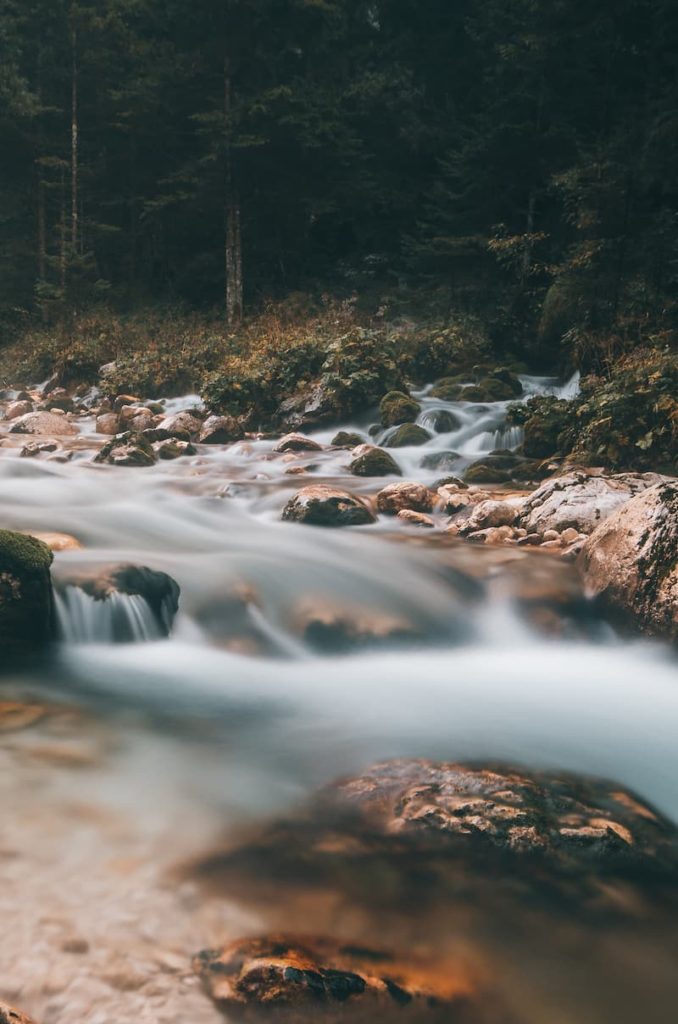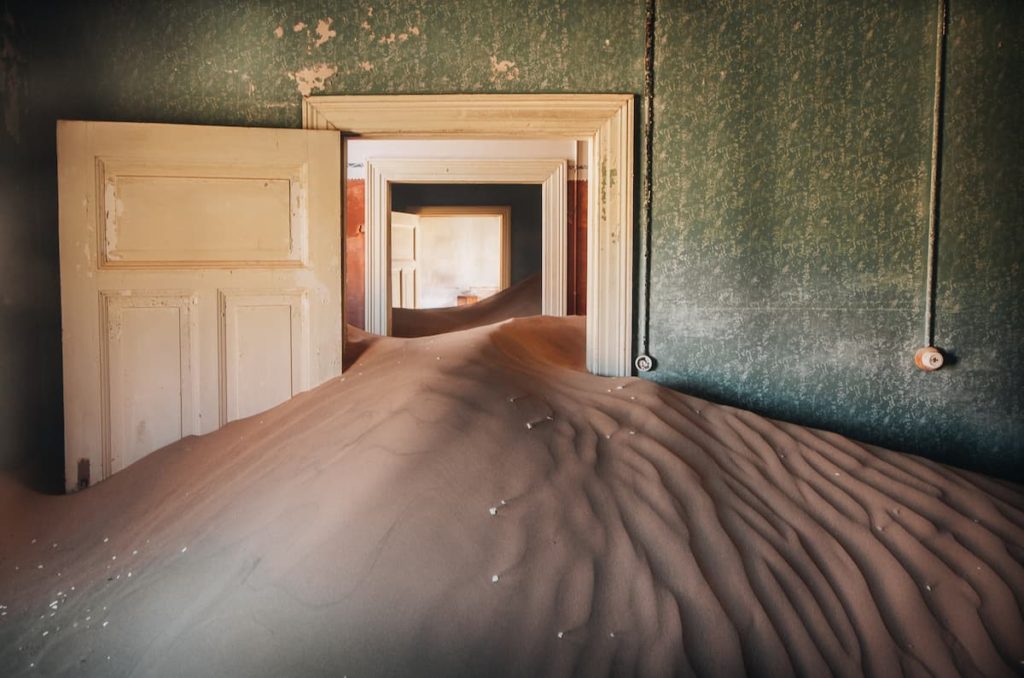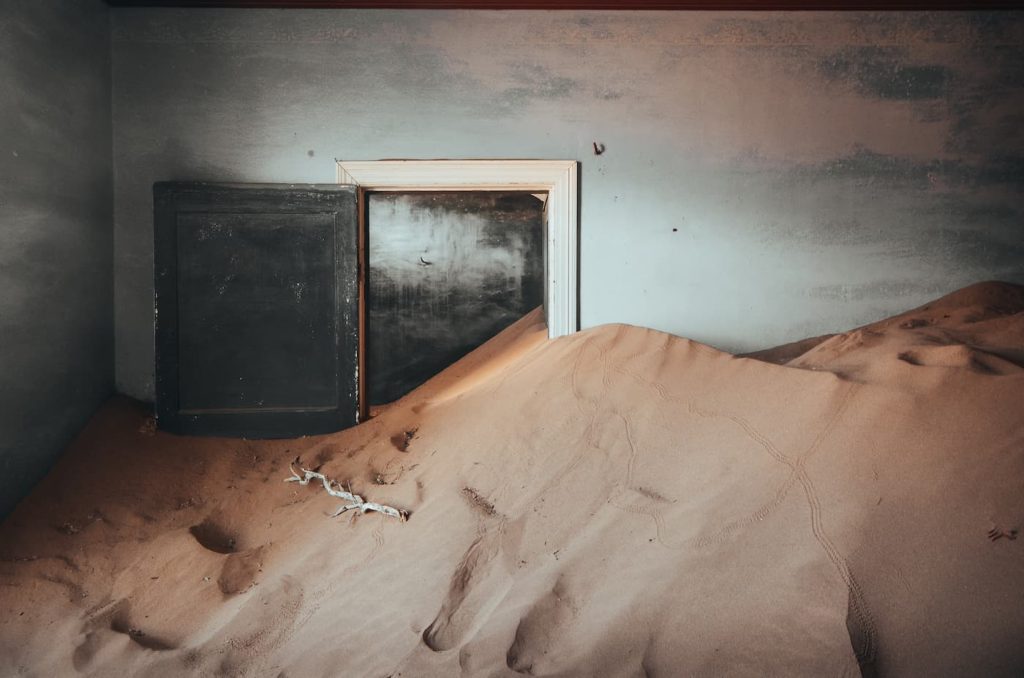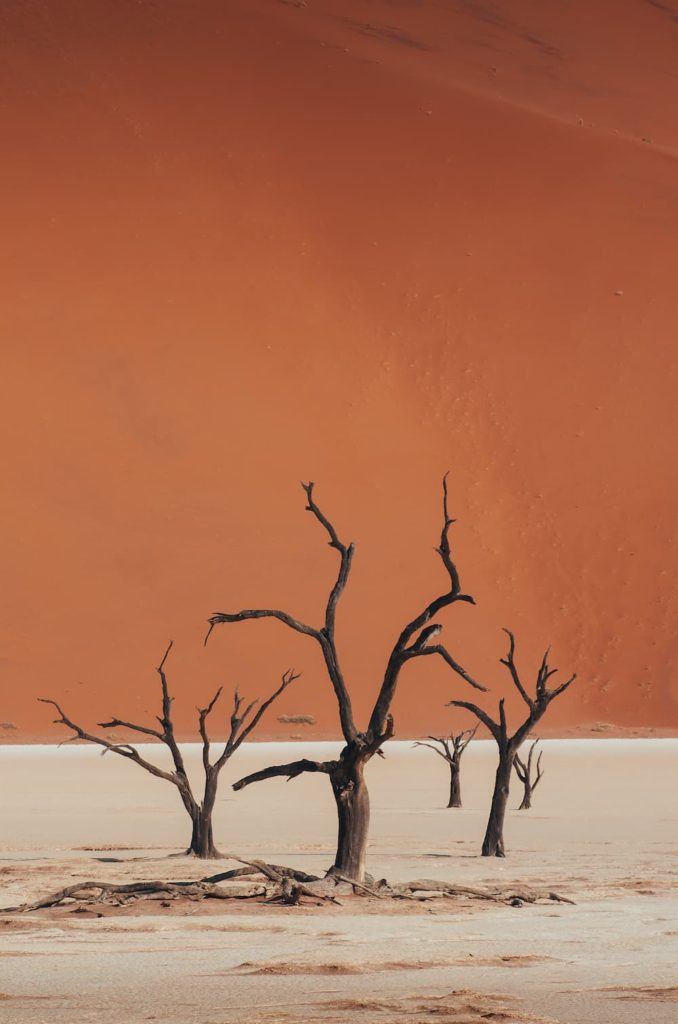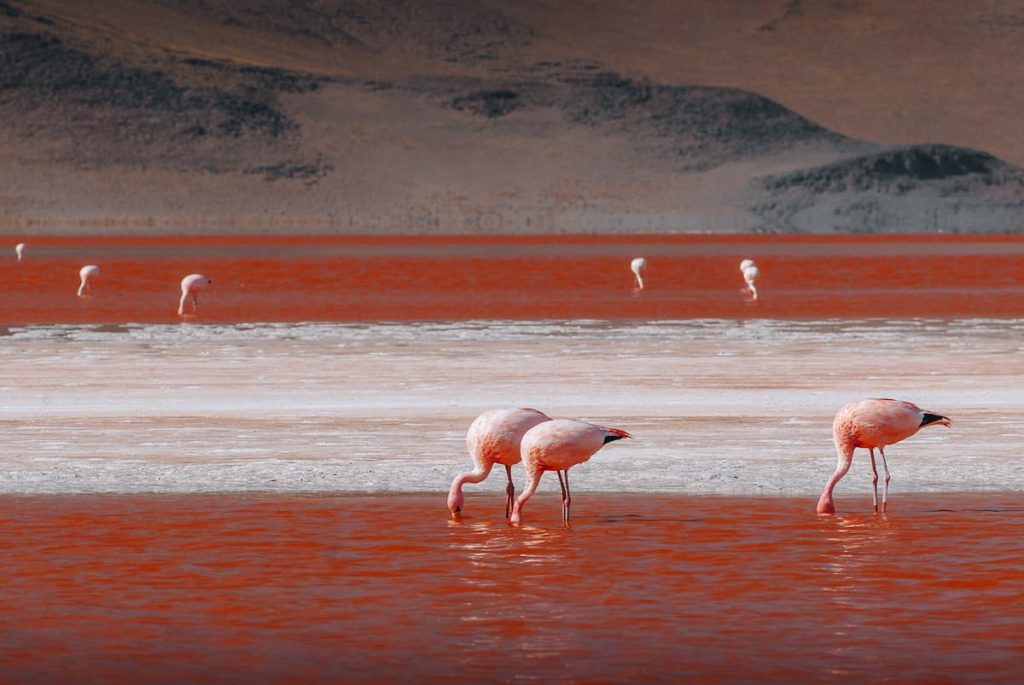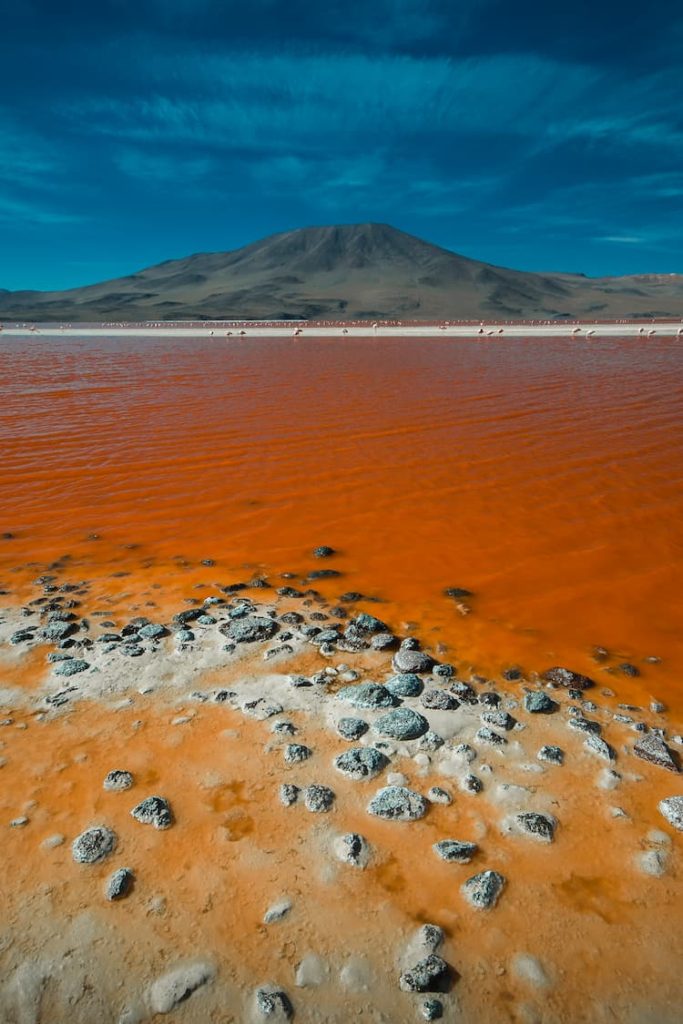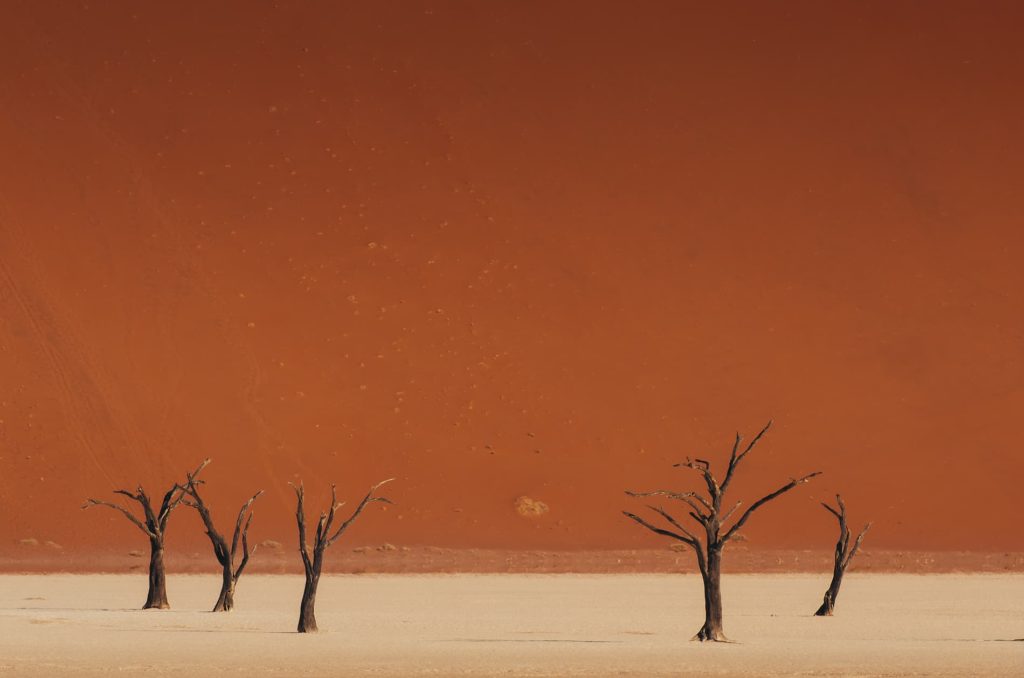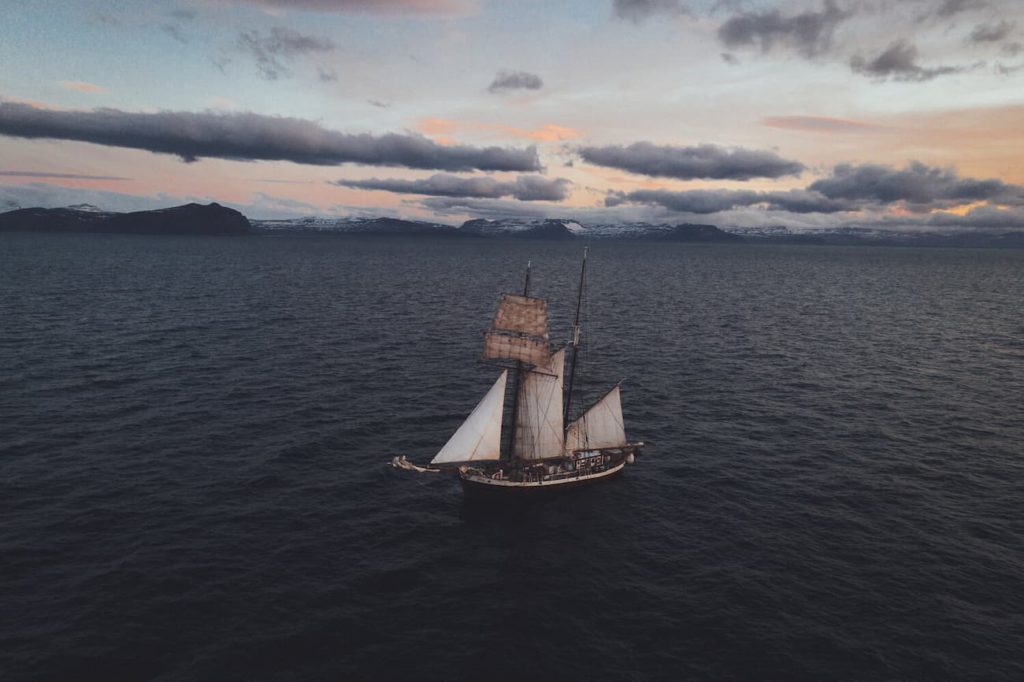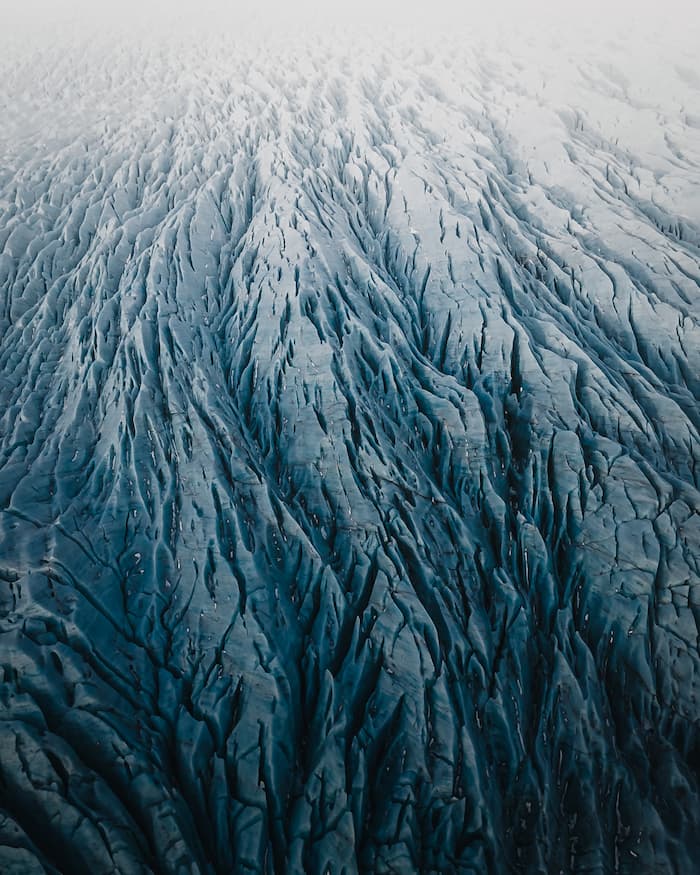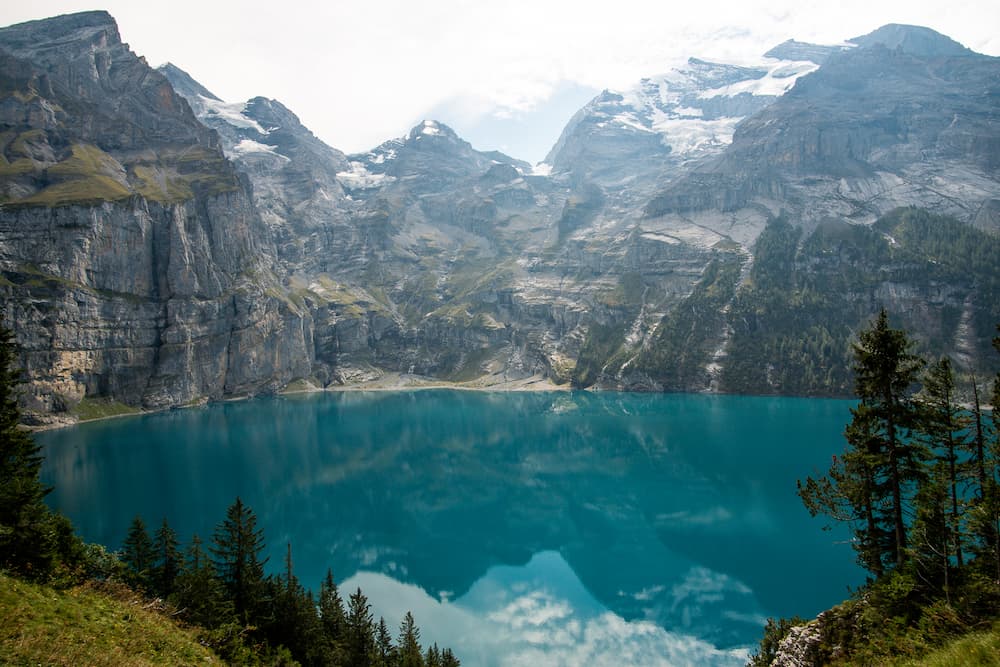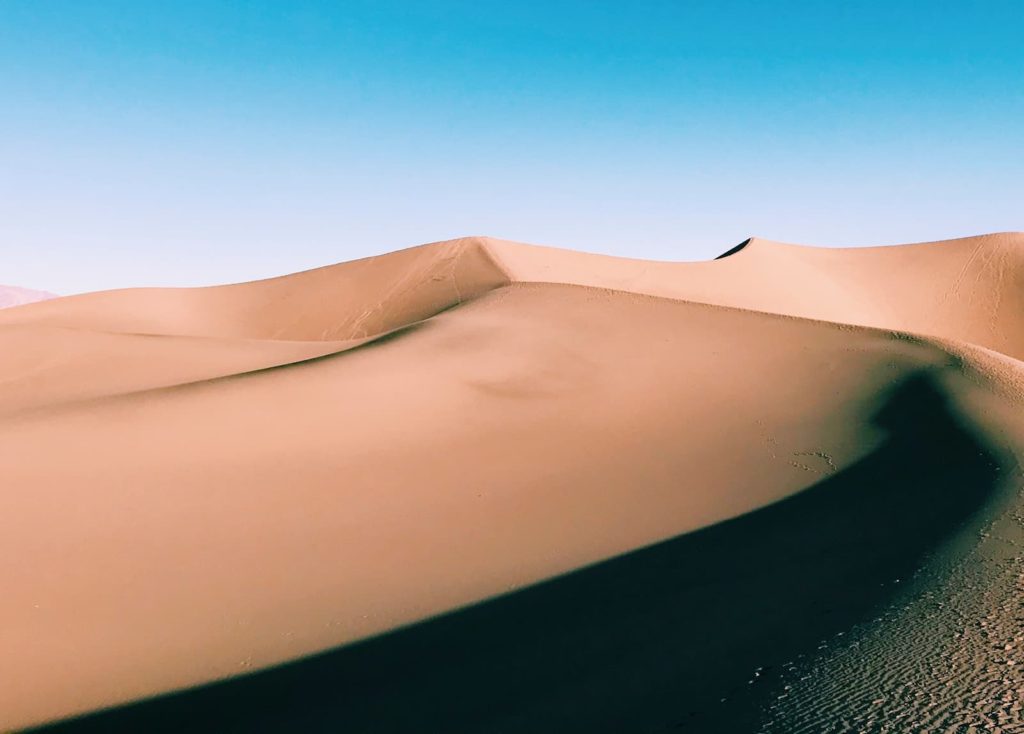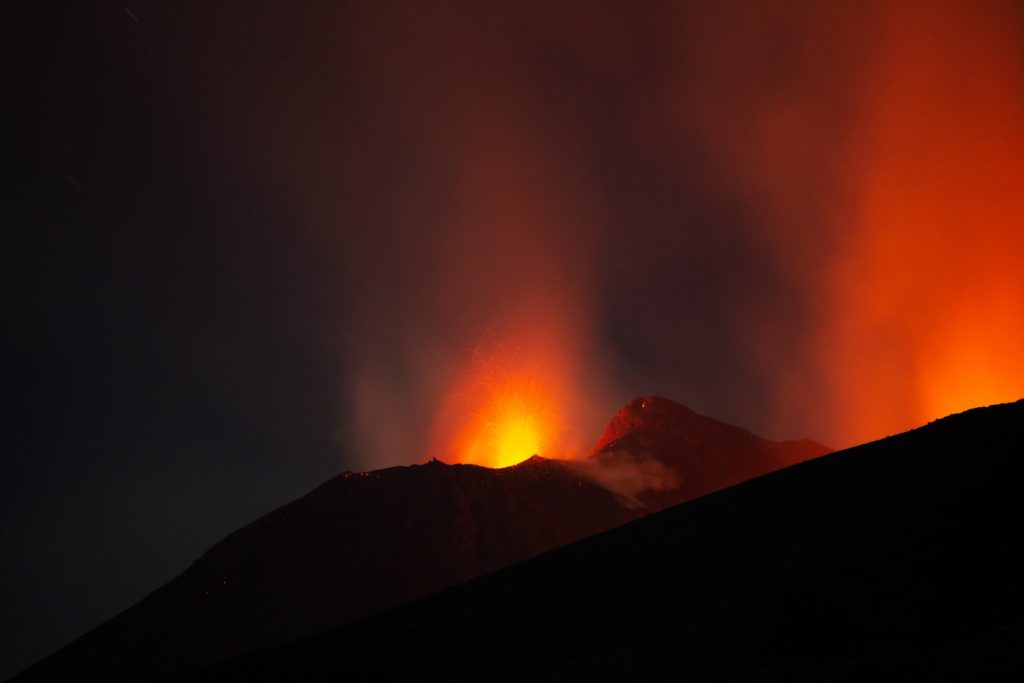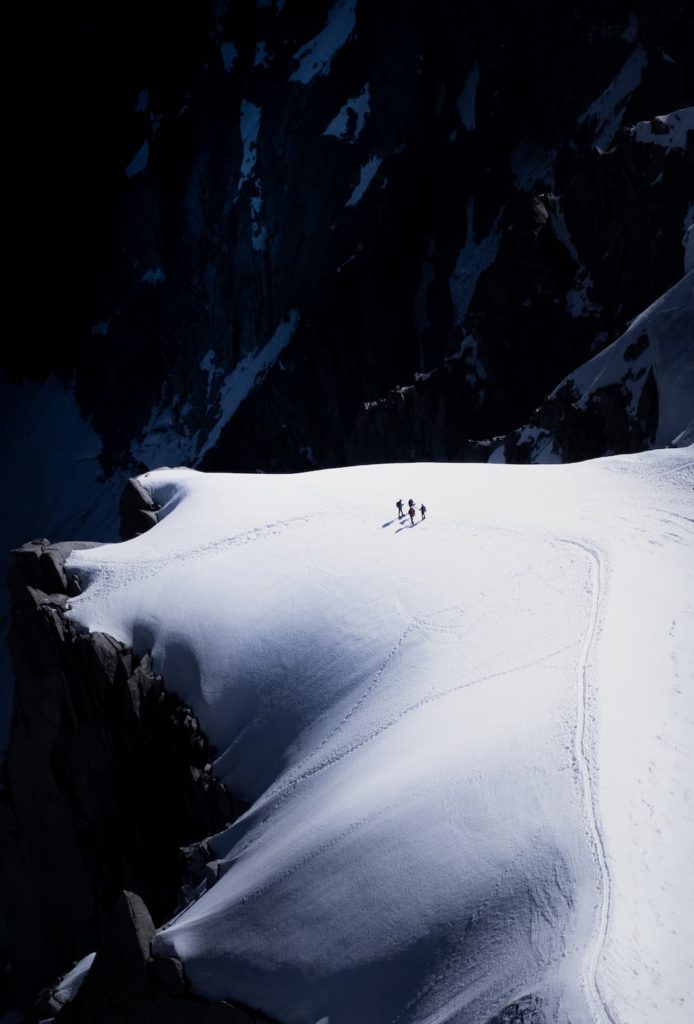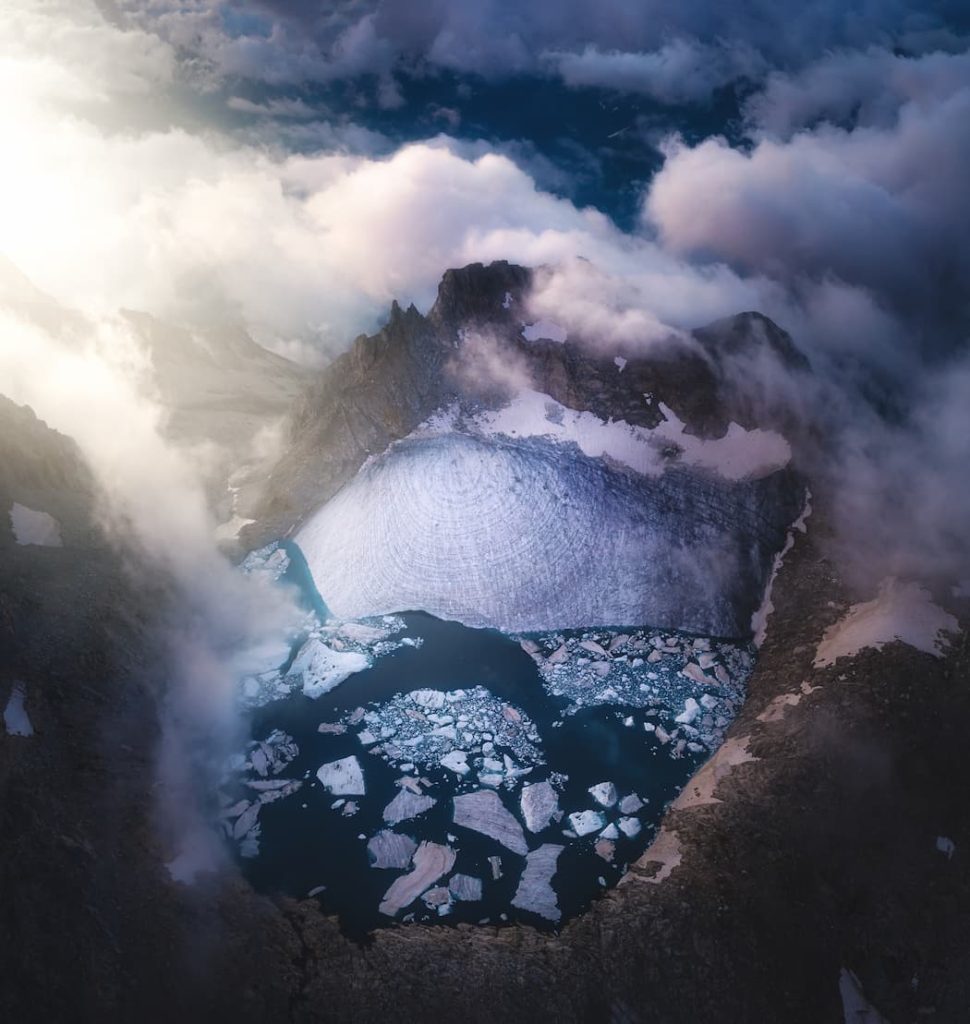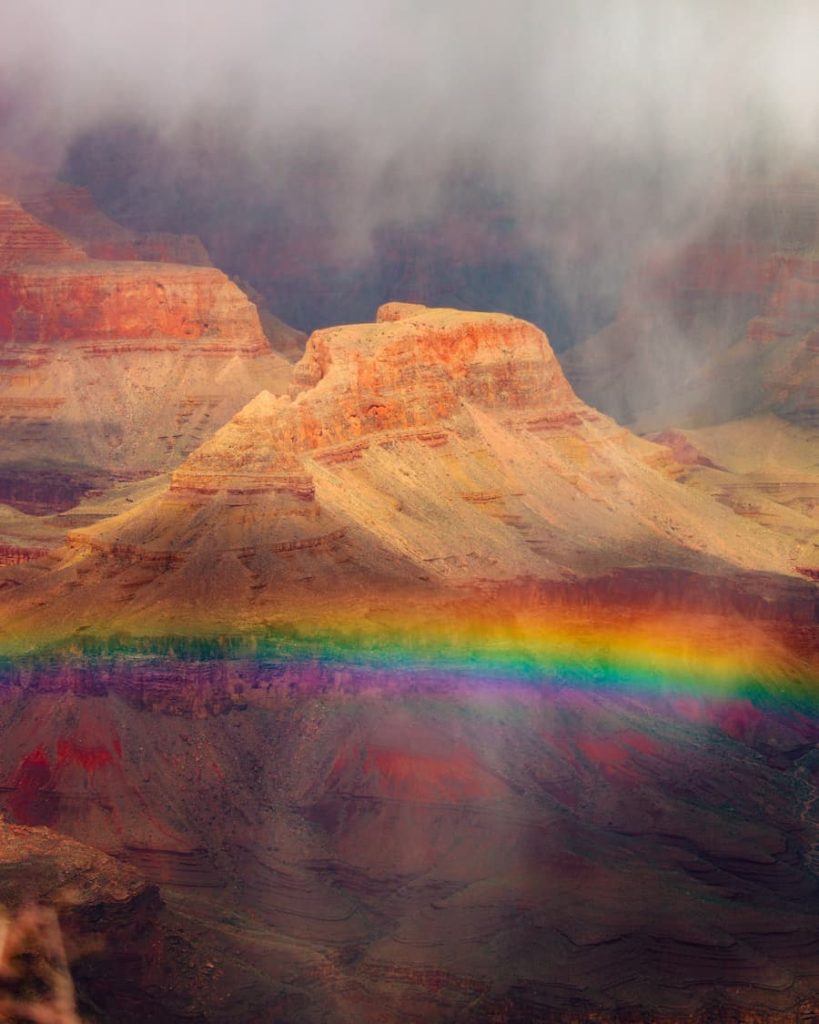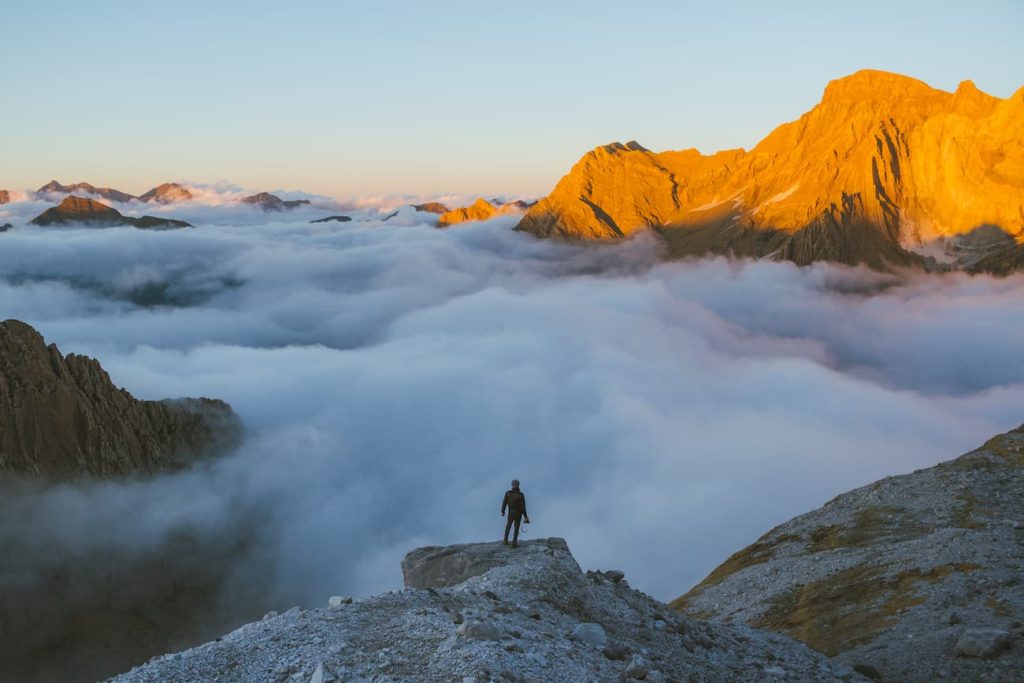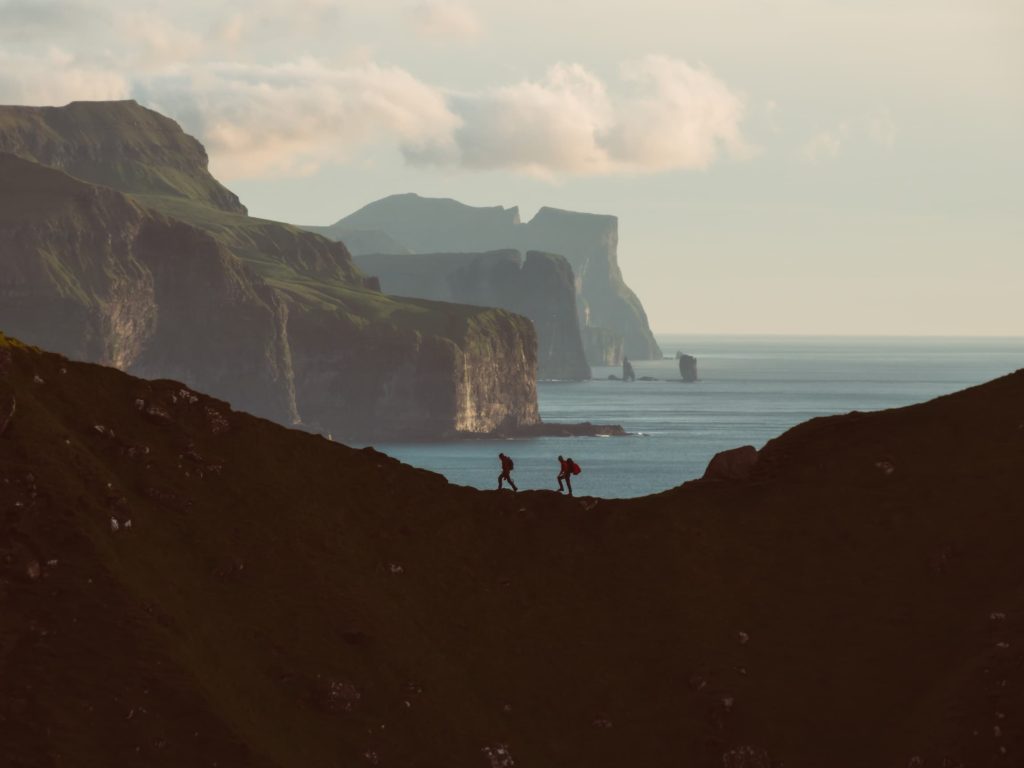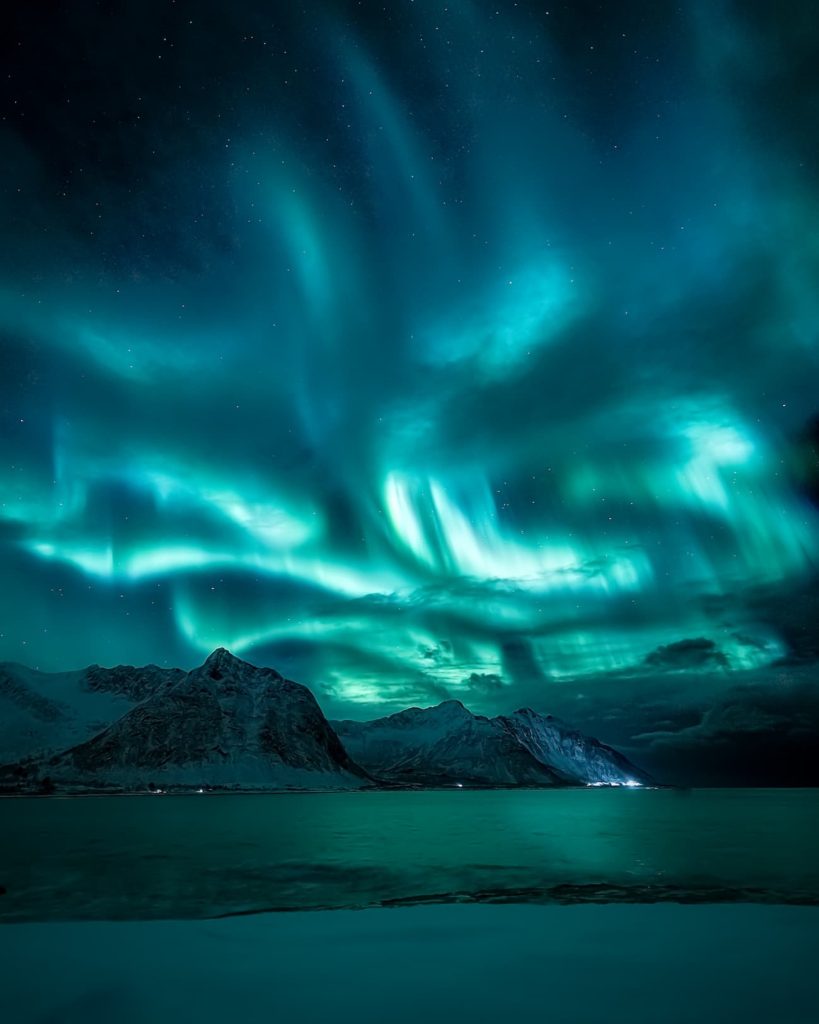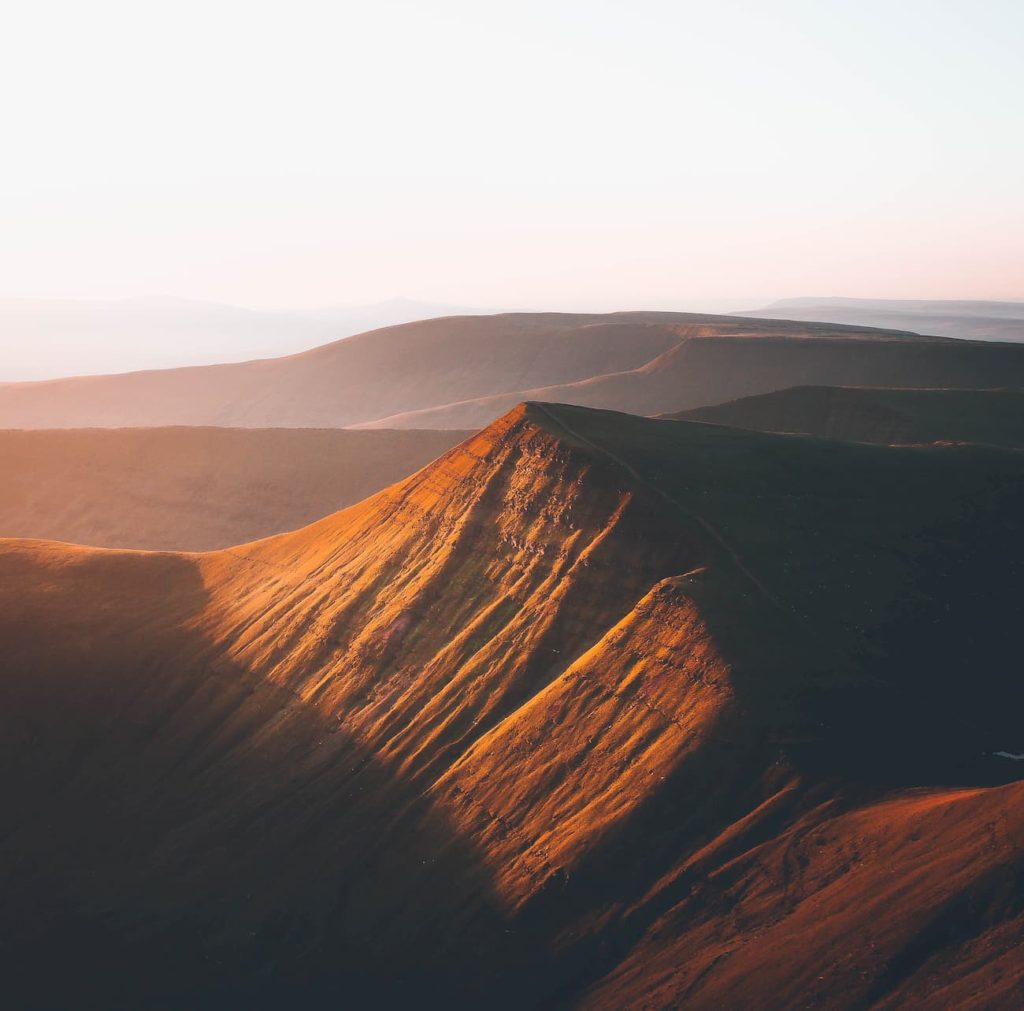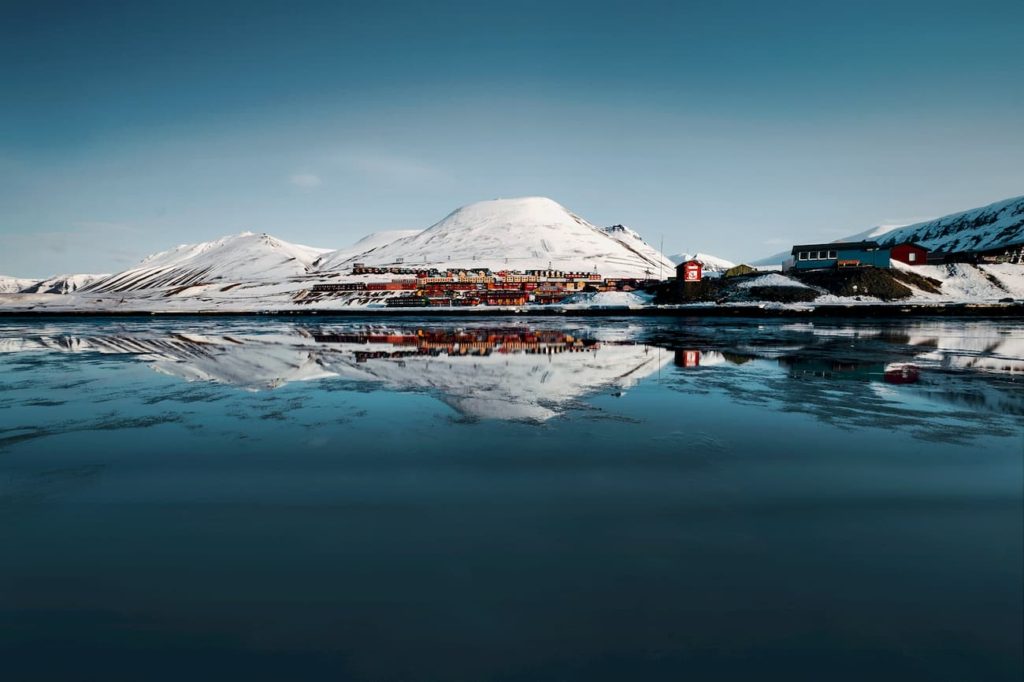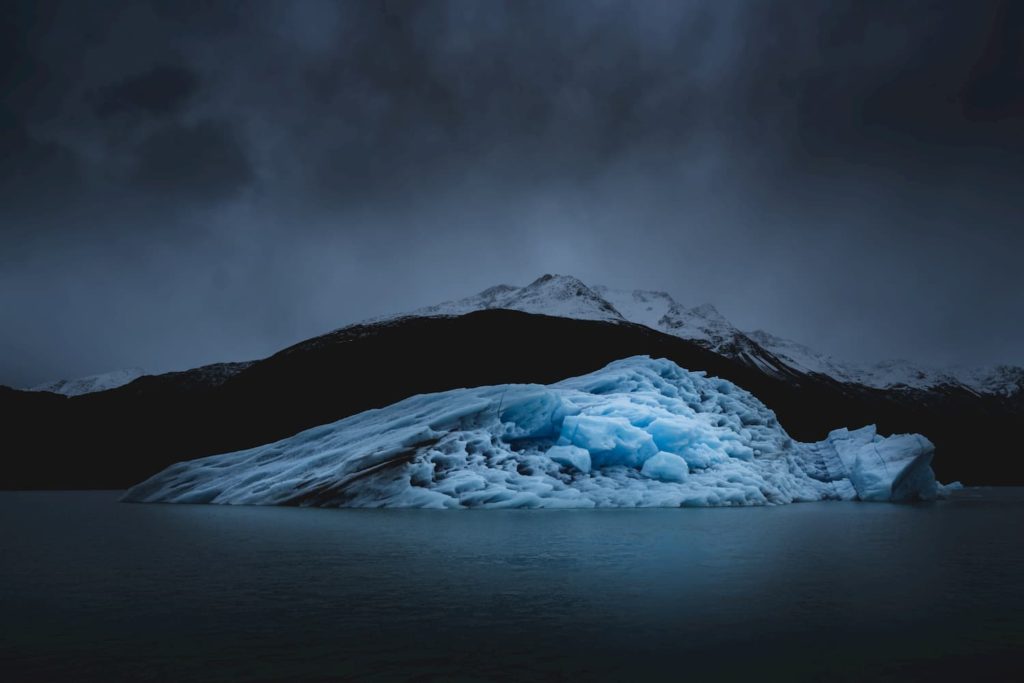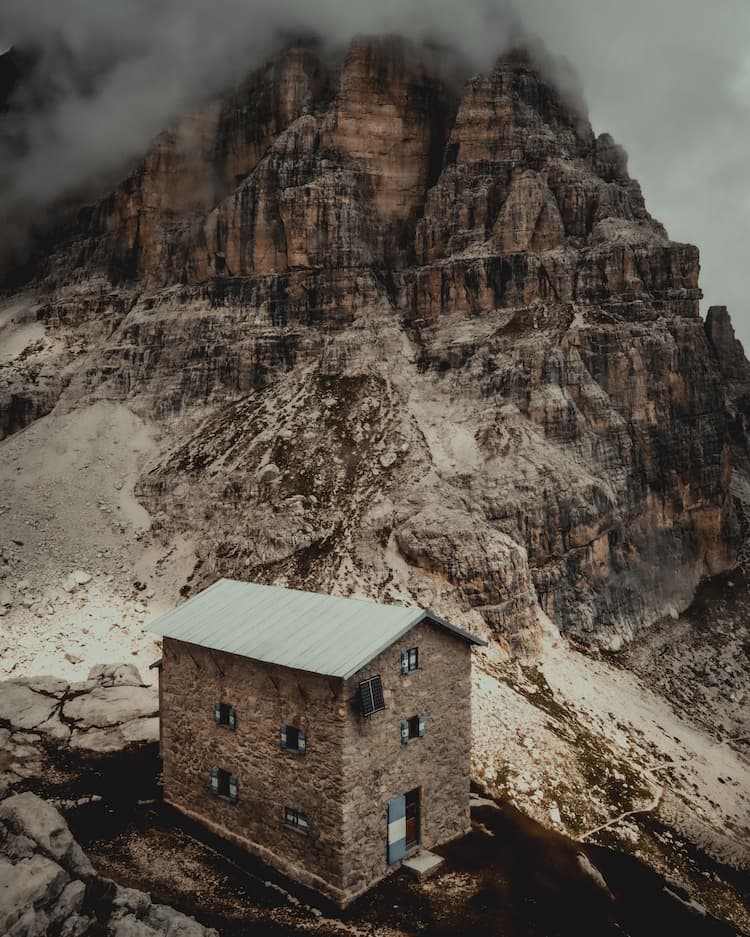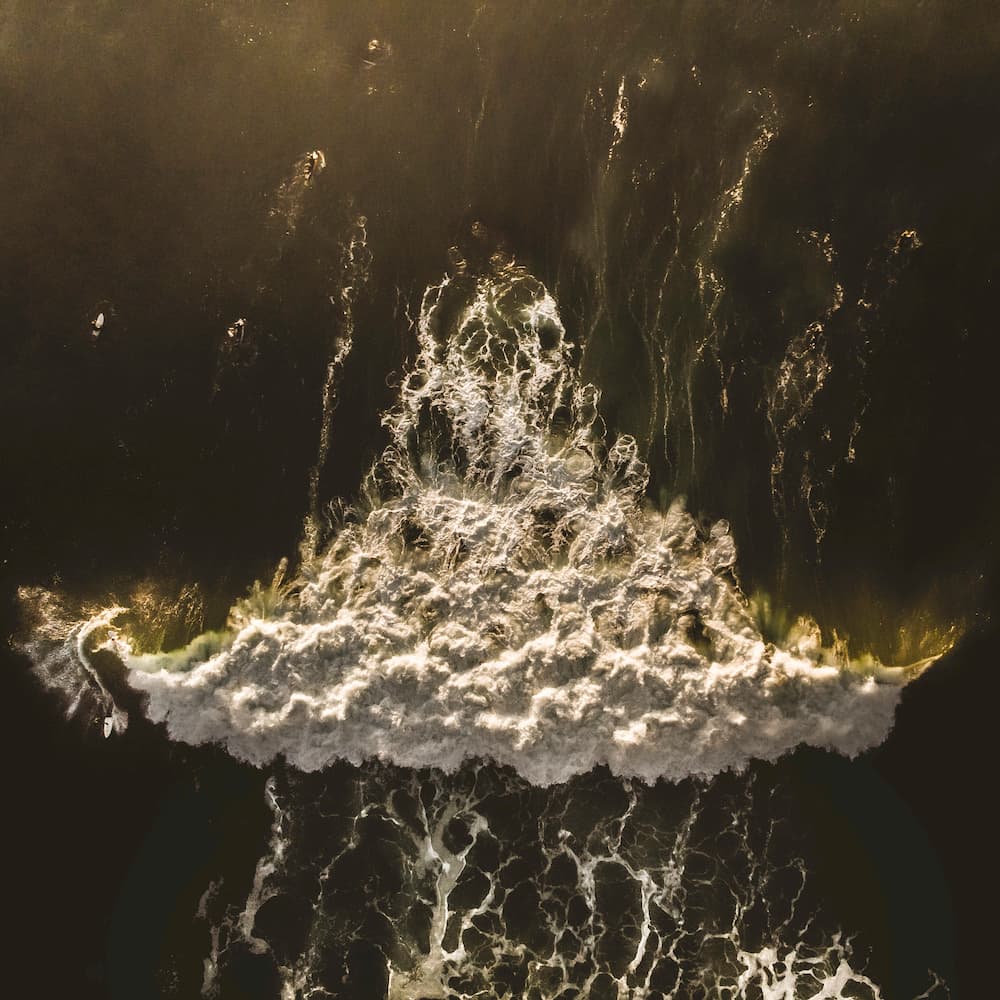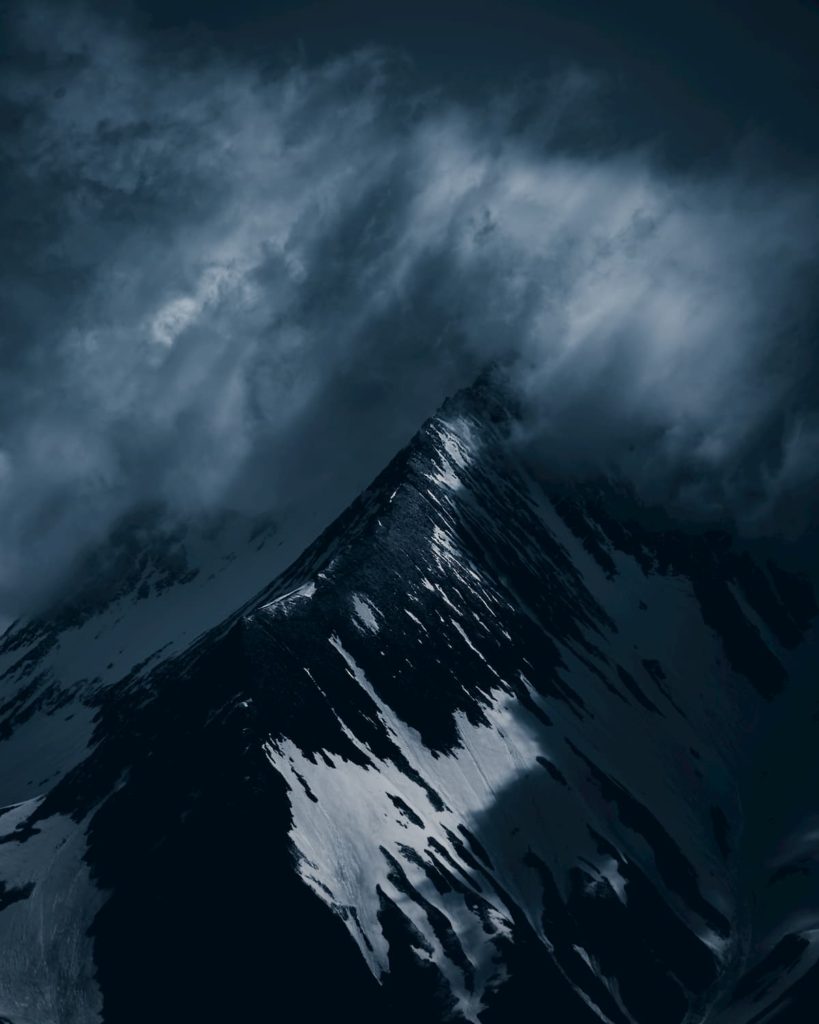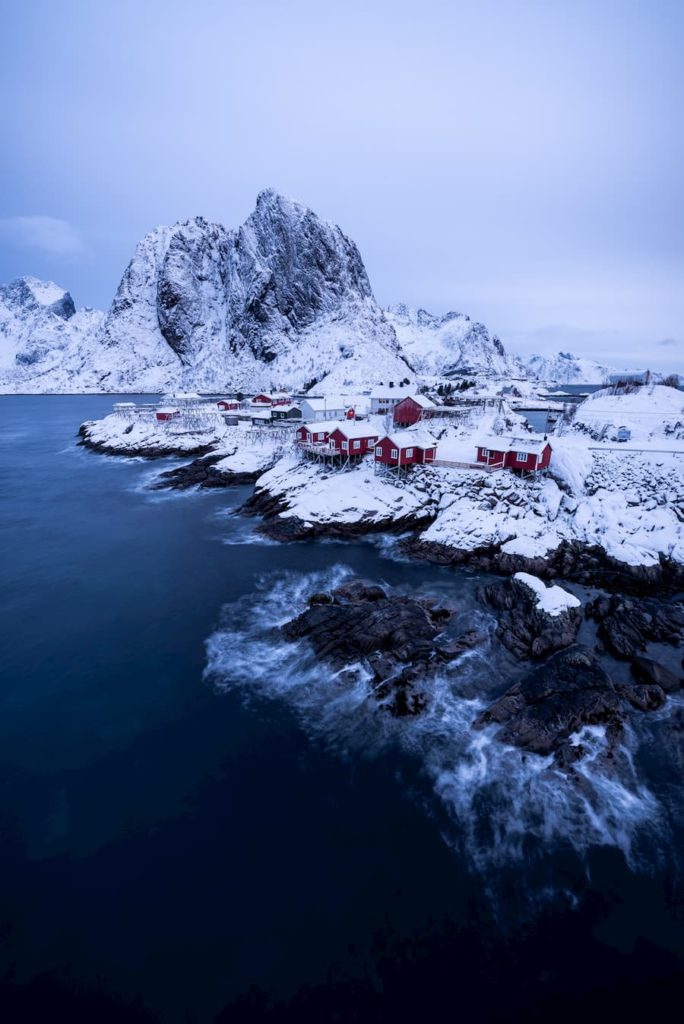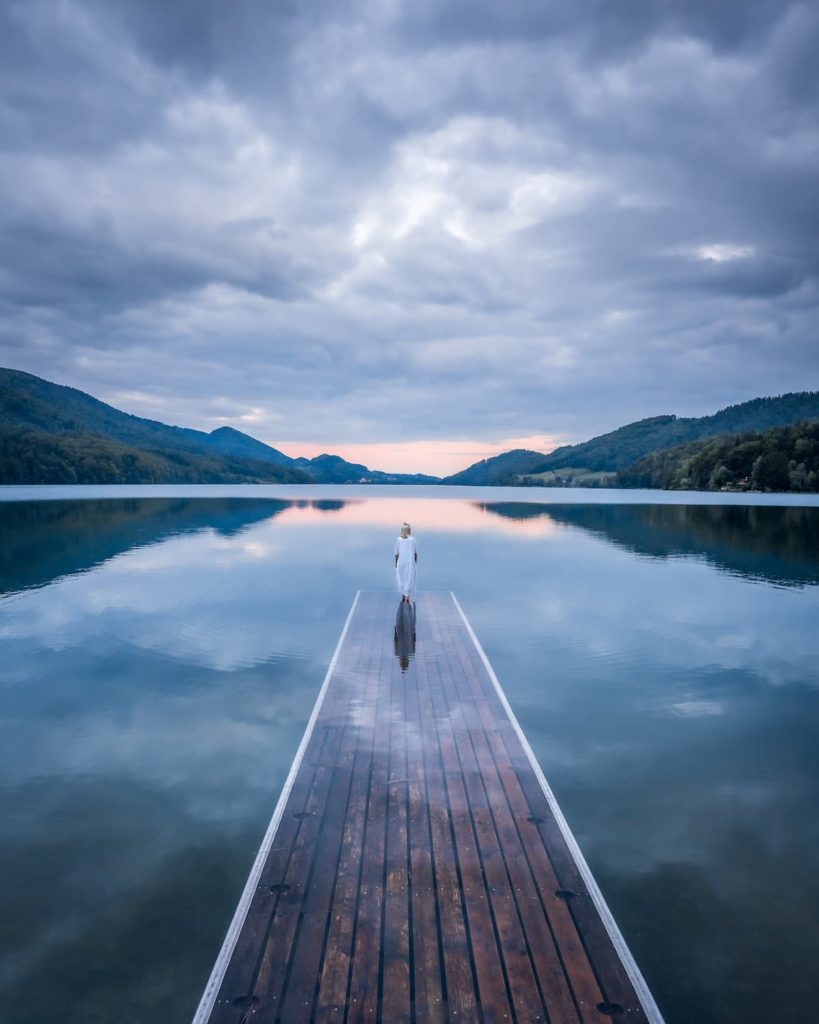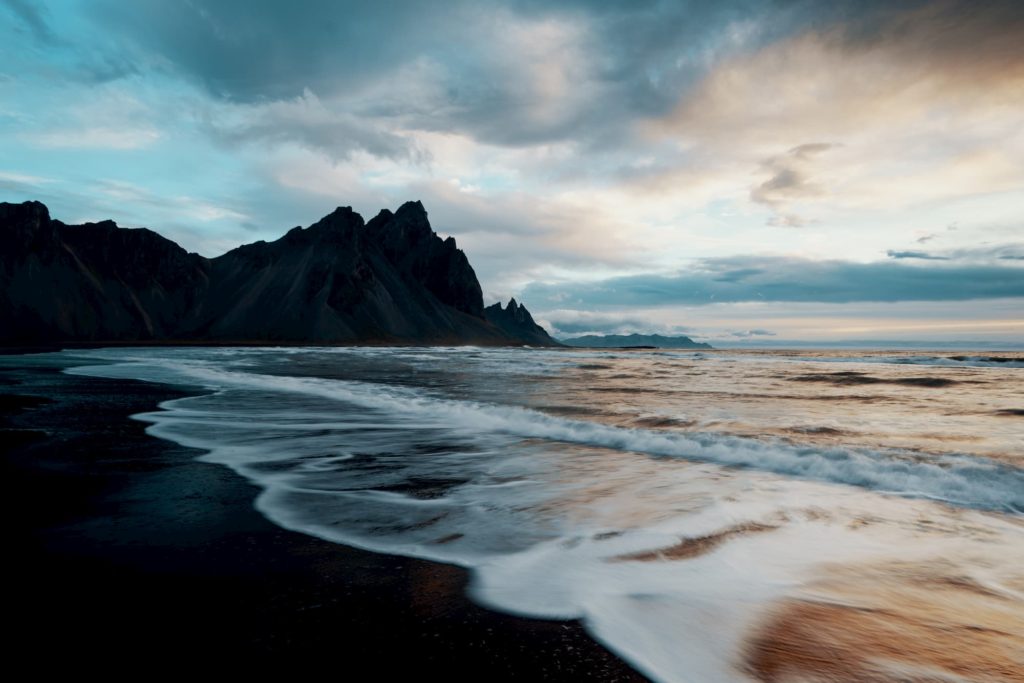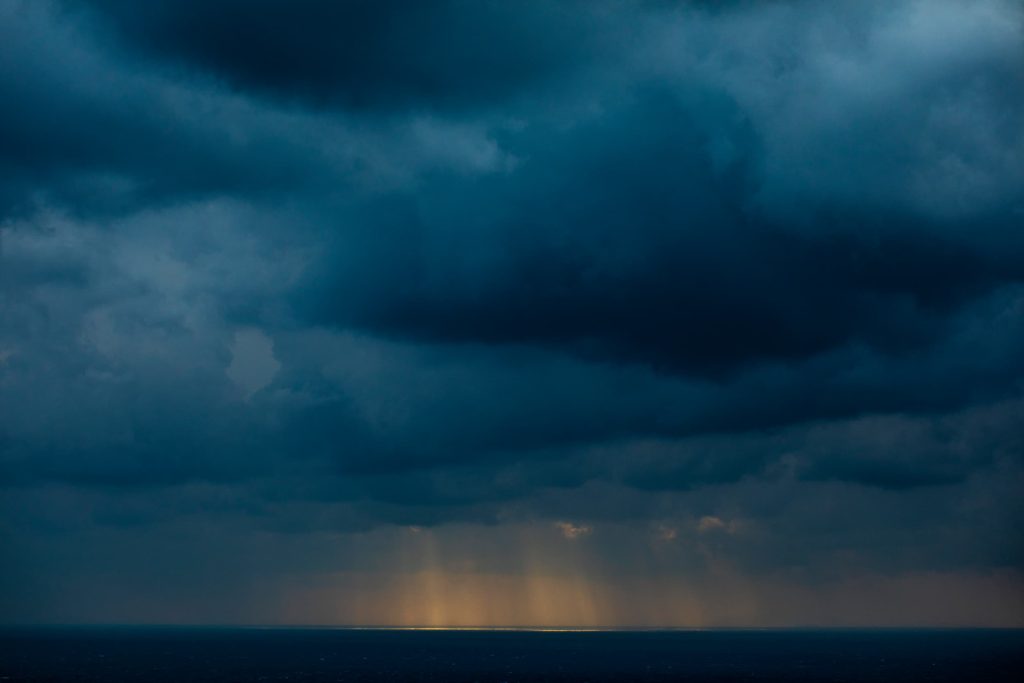
Joeri Clement
@joericlement
Photographer based in Belgium
One time, when I was a teenager and we were on vacation with my parents, a tourist approached me to take a photograph of him and his family. The camera he gave me was a DSLR. When taking the picture, I was immediately intrigued by the feeling and sound of the shutter and I knew at that moment – one day I would want to have my own camera. This fascination never faded and now I try to combine it with my love for nature and wildlife.
Nature documentaries have always been one of my favorite things to watch when I was a kid, especially when I visited my grandparents. My grandfather and I watched hours of series about different parts of the world, their landscape, and the animals that live there. This triggered my interest in nature and this has only intensified over the years.
"I now try to pass it on to my children because the planet we live on has such great things to offer."
I must say that the last couple of years practicing photography was at a low due to the birth of my first son and two years later my daughter. But one benefit of not being able to travel due to COVID-19 was that it allowed me to go through my travel pictures, relive those moments, and daydream about traveling again. So in a way, I rediscovered my love for photography during this period.
I’m an architect by profession so I am confronted daily with the urban environment, buildings, permits, urban planning, construction, etc. And it is most of the time an office job. As an escape from this and to clear my mind, I like to travel and be outdoors. It’s at these moments that photography accompanies me. I like to embrace the natural environment and all its wonders and by capturing it one can really disconnect from daily life and just be in the moment.
"Photography, for now, is a means to escape, a passion that helps me to slow down and put everything in perspective."
Cycling is another passion of mine, not only on the road but also on gravel or in the forest. Just like photography, it helps me to unwind, to have fun while being out. I always have my phone with me to take photographs and since recently also a compact camera for more possibilities on and off the bike. I mostly do rides in the neighborhood so I discover a lot of new and beautiful areas worth a stop. But on occasions, I take my bike with the car and do rides in the Ardennes to be more in nature or even go to ride gran fondos (bicycle events) in the south of France or the north of Italy. I recently did an epic ride in the Alps, La Marmotte. It had four mountain passes with absolutely amazing scenery and magnificent views.
"Although suffering uphill on the bike, you feel one with the road, one with your surroundings, and feel humble in the vastness of the mountains. It's all worth it and the pictures give great memories of these adventures."
For me photography is about letting go of the daily challenges, about adventure, being in the moment, and taking it all in. To be able to capture these special moments, create memories and share them with friends and family is something special and is something only photography can do. Photography has the power to take you back to these moments with a single shot, to relive them, and to tell a story through your eyes. This is not only something nice for many of us – it is also super meaningful and important knowing we cannot stop time from passing by. My mother suffers from young dementia, which affects her short-term memory, her overall presence, interaction, and expression of feelings. It’s a daily challenge for herself and the family, and it made me realize that life is short and that you have to make every moment count. I think photography can play an important role in such a situation because it can evoke memories, emotions and can take you back to those specific moments of the past even decades later.
Because photography is not my profession, I am still learning a lot. Not only in terms of composition or lighting but also the technical aspect and editing, so I would like to improve my overall skills. At the moment, I mix a lot of different types of photography. I shoot landscape, wildlife, and even macro-photography, but also architecture or at my work architecture models, so I am still searching in what area and style I want to go further. Nevertheless, I think my main interest will always be landscape photography.
There are a lot of similarities between architecture and photography. For both, you have to be aware of your environment so that the building or public space you are designing connects with its surroundings. It is not just an object that is simply put in that specific space but it has to interact and create an interesting dialogue so it becomes an essential part of it.
"Compositional basics in photography like the rule of thirds, the golden section, or diagonals are also essential in architecture to create space."
For example, while using objects in nature to frame a landscape, an opening in a wall or a window works in the same way in architecture. It creates a frame, a view, and a composition that will guide a person and make a connection to what is in front of them. Architecture is in the same way as photography about opposites, about light and shadow, open and closed, positive and negative, compression and decompression, … To research how light can enter a room is the same way as looking at how the sun hits a landscape during a specific moment in time. It’s about looking at what is all around you, embracing it, and incorporating it into a design or photograph.
It is photographed a thousand times and there are better photographs than mine but it is something about that place that is mesmerizing and is so fun to shoot. In the case of Kolmanskop, architecture lost the battle with nature, and the dunes of the desert overflow all the buildings and rooms which makes it a surreal place, almost like a painting. But where a painting is still, the dunes are alive and constantly reshape the rooms into an ever-evolving scene. It is not hard to take great shots when being in such a magical place. It is just a question of crawling through the narrow doors, finding a good point of view, and creating a memory.
"The result is so abstract and powerful that in editing it only needs some tweaking with light and shadow."
I have learned valuable lessons in the dunes of Namibia, as well as in the plains in Bolivia because it makes you feel small as a human being and feel in awe of what is in front of you. The scale of these landscapes and the impact they have created the awareness that we are here for a very short time while nature has been here for ages, shaping everything that we know.
We decided to visit Bolivia after seeing a special on Topgear in Bolivia. I knew I wanted to visit this country because the scenes in the show were out of this world. And despite the high expectations, the country didn’t disappoint! It is a country that has it all; culture, stunning mountain sceneries, high altitude plains with extraordinary lakes, rainforests full of wildlife, and the largest salt flat on the planet. Traveling in this country makes you feel insignificant and lets you marvel at the natural wonders of this world. For instance, we did a trip on the Altiplano where not only the distance but also the high altitude makes it a very demanding experience. It takes roaming a whole day at more than 4000m altitudes without seeing a single person. But when you arrive, for instance, at Laguna Colorada – a lake that colors red in the evening because of the algae in the water and therefore attracts hundreds of flamingos – you immediately forget about everything and feel like you discovered something truly extraordinary.
"It’s moments like these that have an impact on someone and it is these experiences that I will carry with me forever."
Both my trip to Bolivia and my trip to Namibia were about discovering new destinations and learning new cultures. There is a large contradiction, in my belief, with Belgium and Europe in general where a lot of things are work-related, everything has to go fast, and there seems to be less time to focus on other aspects in life. That is why I like to travel, to have new experiences, to slow down and appreciate everything that is happening in my life – that is exactly what I think the people in Africa and South America do more, as far as I have experienced. Maybe it’s because of the holiday vibe, but it seems like they live at a slower pace, can put everything more in perspective, and are more in symbiosis with nature.
"They do not want to destroy a landscape just to put a home or a building there, but just take what they really need and are appreciative of what nature gives them."
The hospitality in these countries is astonishing, they are willing to give you so much more than they can afford and that’s also what makes traveling in these countries an unforgettable experience; it confronts you with your culture and lifestyle back home and teaches how it can be different.
It is good to be aware of the role that nature plays in our existence, and act accordingly in daily life, so generations to come can still experience the same wonders and feel the healing impact of nature. Now that my kids are a bit older, we want to travel again to farther destinations and give them similar experiences we had ourselves. I wish them to grow up always remembering those adventures and being connected to nature – And I hope I can achieve this through sharing with them my love for nature and photography.
Would you like content like this sent to your inbox?
NOMADICT
ART GALLERY
THE LATEST STORIES
WRITEN WITH PASSION TO INSPIRE YOU

Miroslav Maršík (@miromarsik): Photographer based in Czech Republic
In this article, Miro shares how his love for cinematic music evolved into a deep passion for photography and how he uses light, color, and atmosphere to turn the streets of Prague into living film scenes.

Aurora photography panorama workflow: A guide to camera settings, editing, and color
In this article, Stefanie reveals how her background in physics sparked her passion for astrophotography and how she blends science with creativity to capture the beauty of the night sky. Readers will discover her approach to color, contrast, and editing, as well as her aurora photography workflow.

Yhabril (@yhabril): Best of the Week 33 at #nomadict
Spanish photographer Yhabril captures the profound connection between humans and the mountains that shaped him. Growing up in the Pyrenees, his work bridges outdoor sports, landscapes, and celestial scenes — often blending athletes, moonlight, and wilderness into striking visual stories.

Ariane Totzke (@besondersschwierig): Photographer based in Switzerland
In this article, Ariane shares how photography helped her navigate personal challenges, connect authentically with people and animals, and develop a philosophy rooted in empathy and artistic freedom. Readers will also discover her ethical approach to wildlife photography and her trusted equipment for both camouflage techniques and cameras.

How to photograph Dutch tulip fields: A guide to light, gear, composition, and colors
Discover how to photograph Dutch tulip fields in their most magical light. From choosing the right gear and lenses to mastering composition, color, and aerial perspectives, this guide shares creative techniques to capture the beauty of the Netherlands’ tulips. Learn how light, color grading, and proportion bring emotion into every frame.
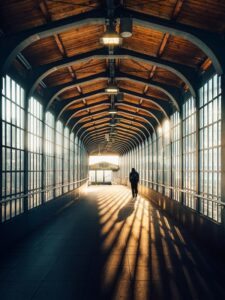
Cinematic city photography: An essential 6-step workflow
In this article, you’ll learn how to read and use light in your home city, choose the right technical settings for low-light scenes, and refine your editing workflow to shape color and atmosphere step by step. In addition, Dominik shares how to find fresh perspectives on familiar locations, five lessons that transformed his photography, and insights on the future of street photography.

Kyle van Bavel (@kylevanbavel): Photographer based in the Netherlands
Kyle van Bavel is a macro photographer with a distinctive, dreamy style that transforms the unseen details of nature into magical worlds. In this article, he shares how his unique vision, shaped by a journey of self-learning and overcoming dyslexia, has become his greatest creative strength.

Inês Preto (@minespreto): Best of the week 20 at #nomadict 2025
Inês is a nature photographer drawn to wild, remote places where weather, wildlife, and mood shape her storytelling. In this article, she shares the behind-the-scenes journey of capturing the Best of the Week image: a puffin trio on the Faroe Islands. She explains how she approached the edit of this image, and shares key lessons she’s learned through experience.
